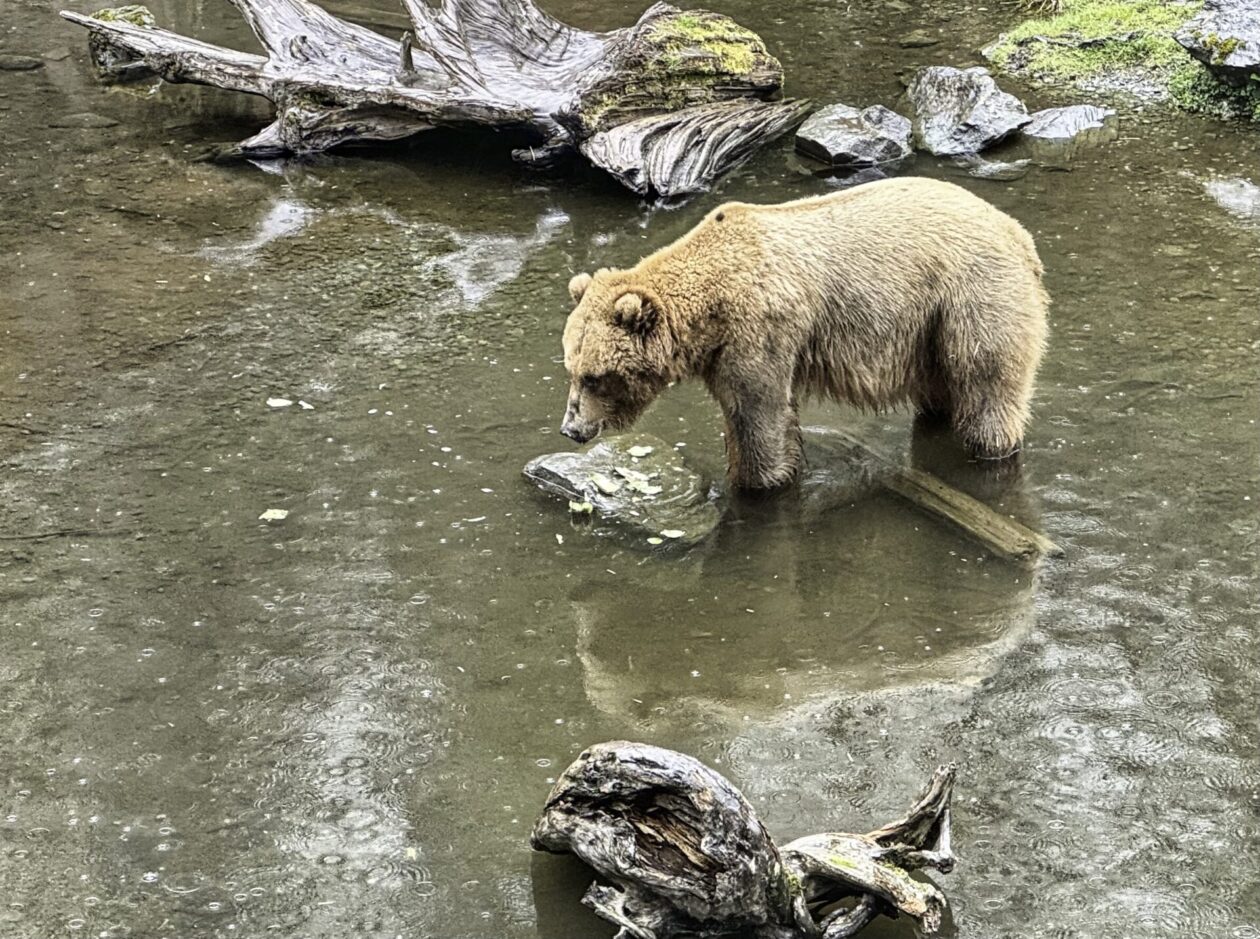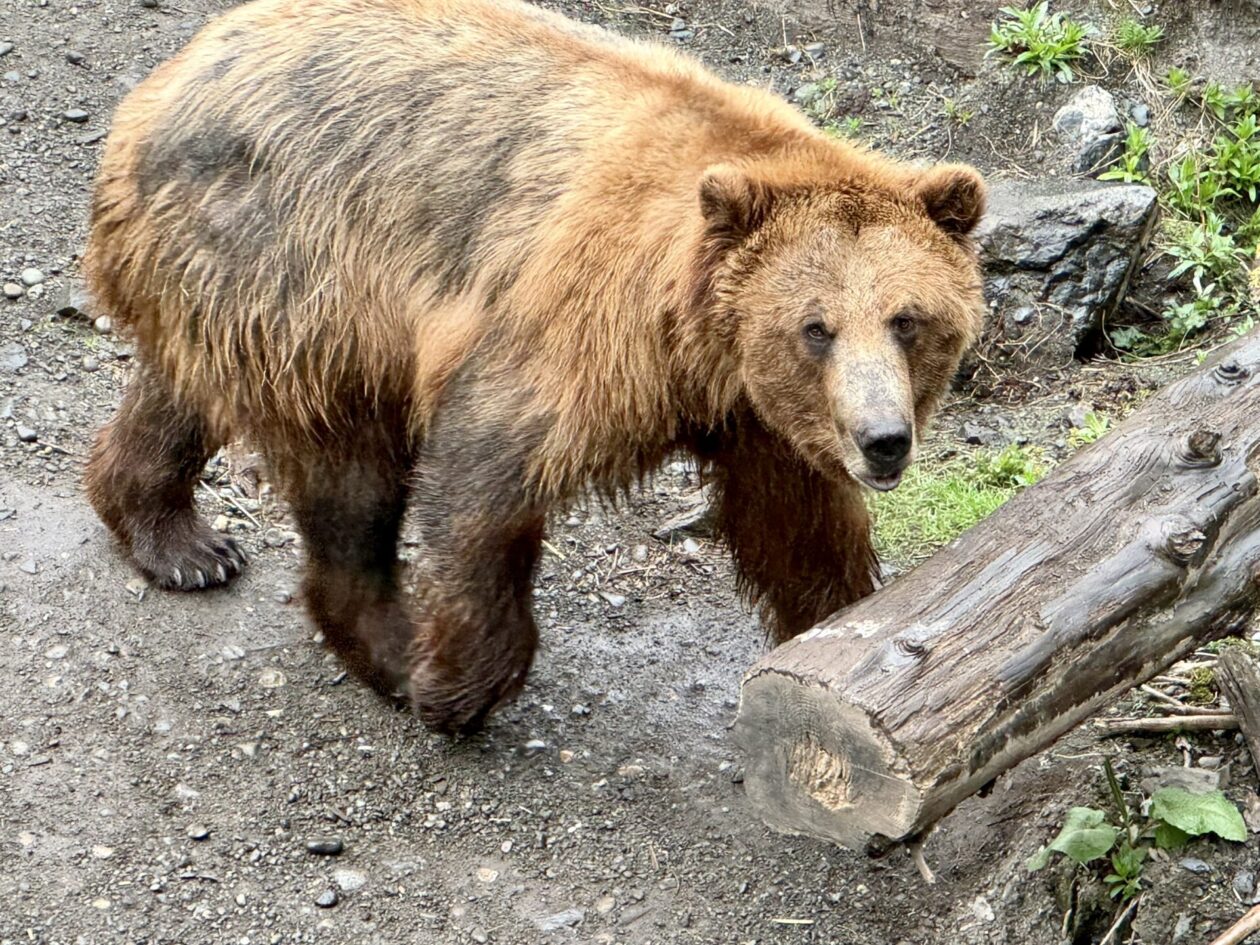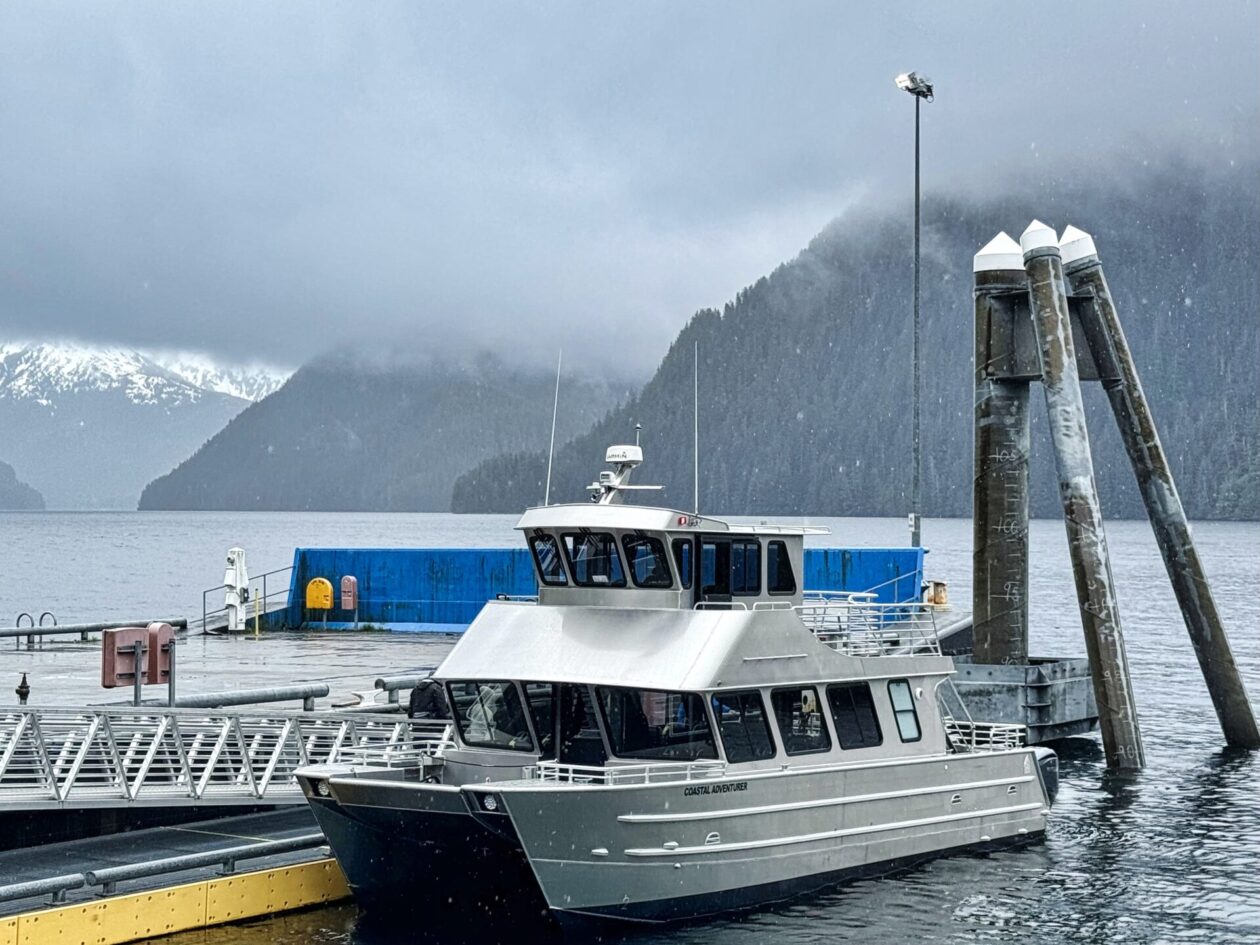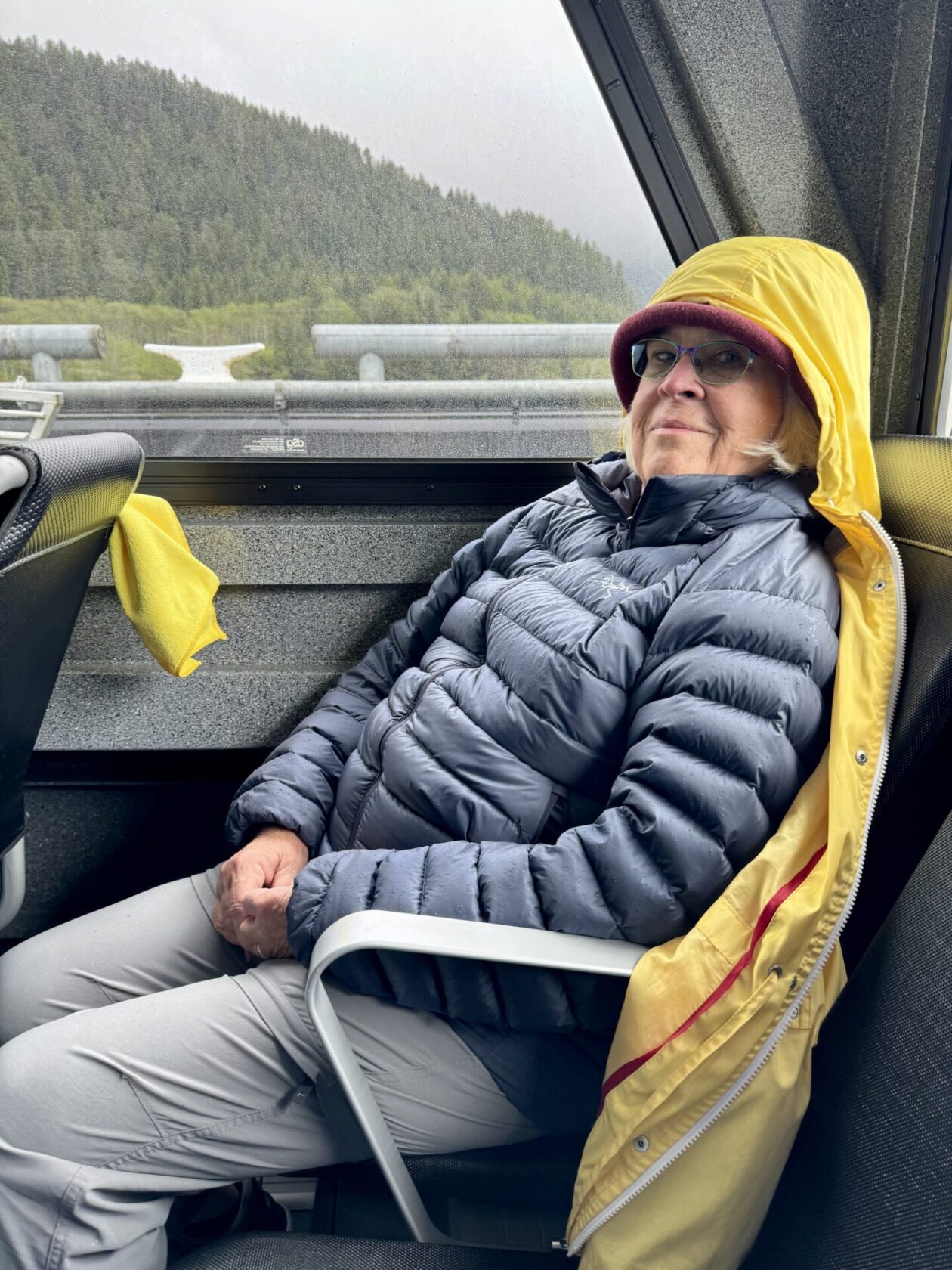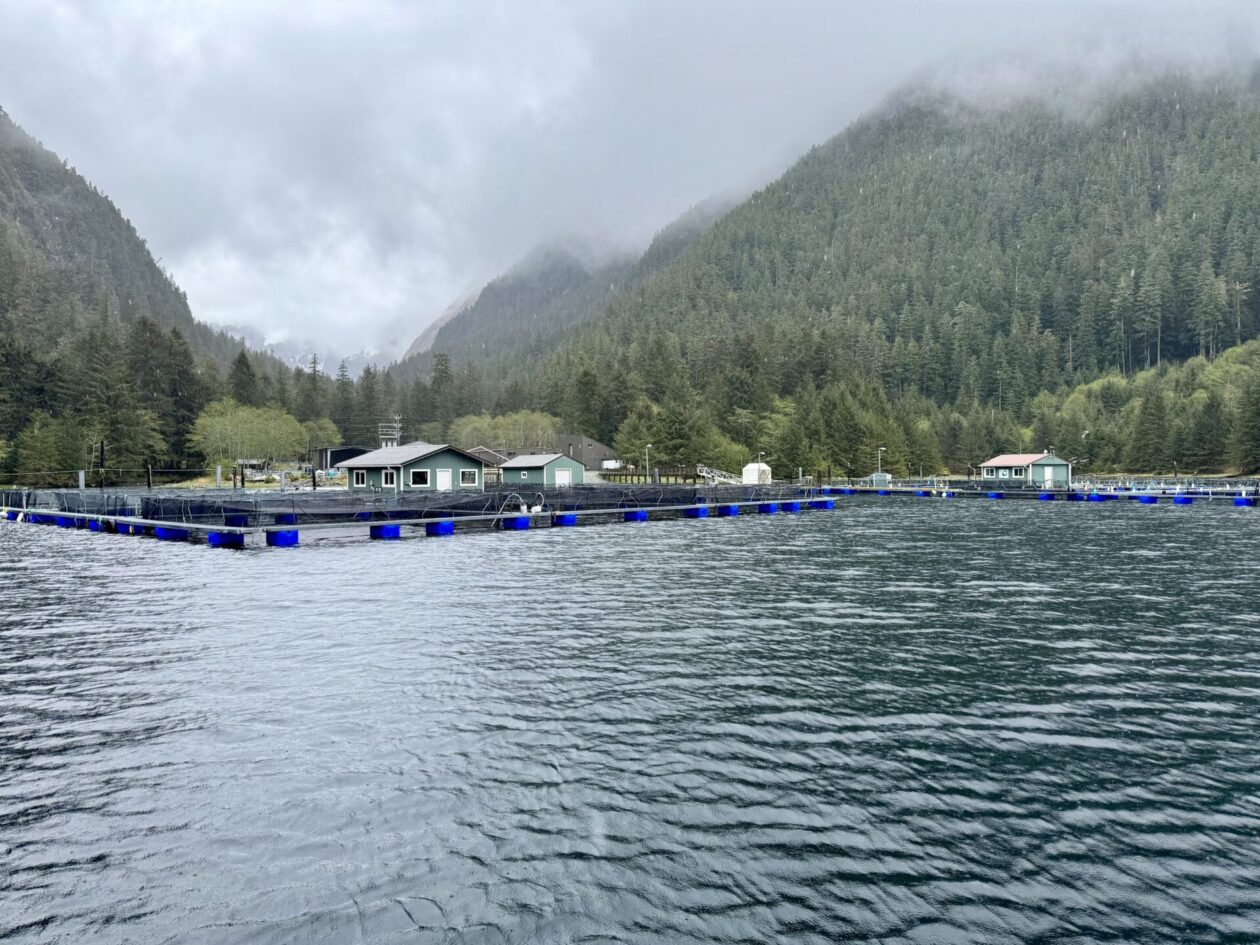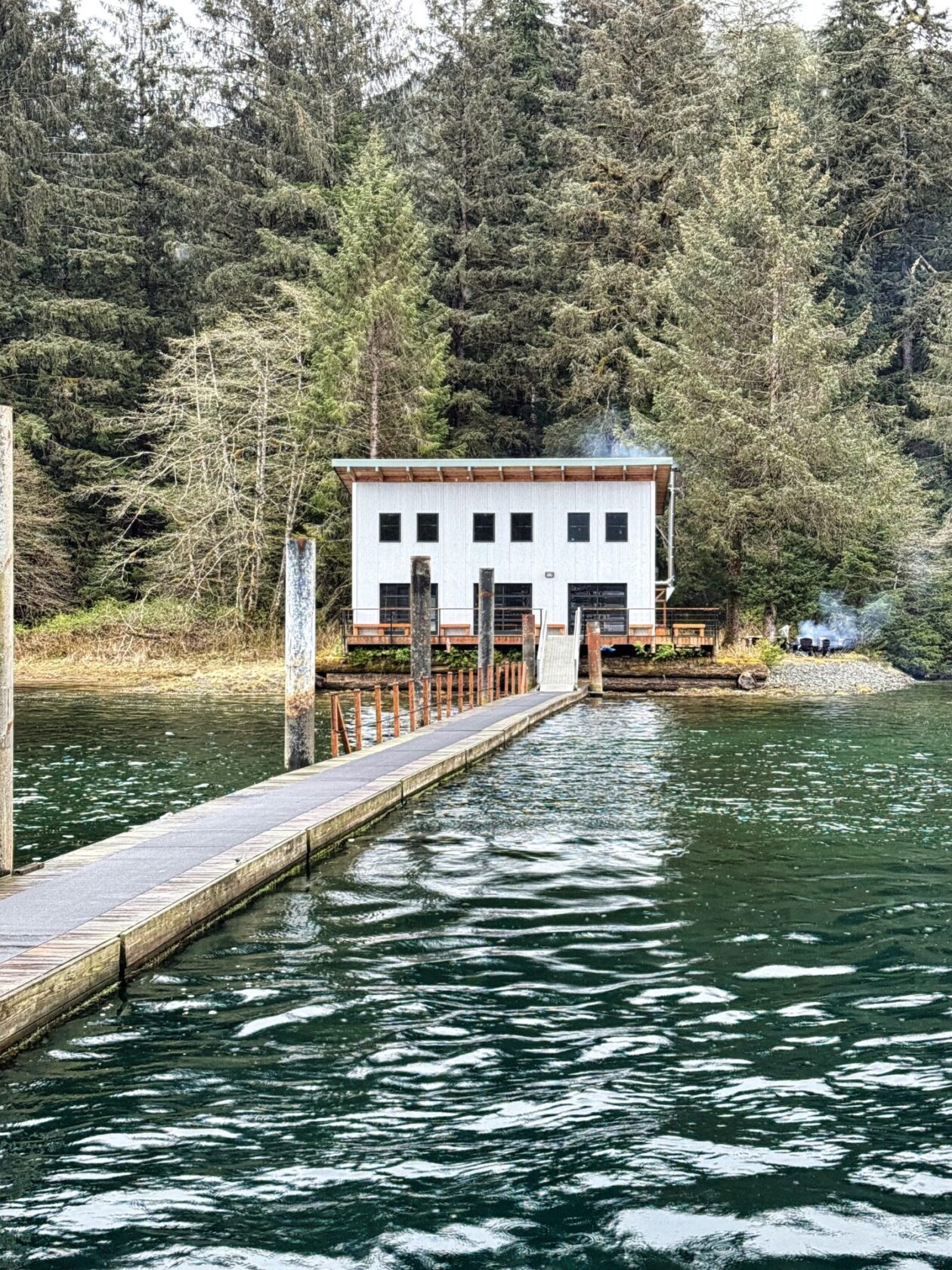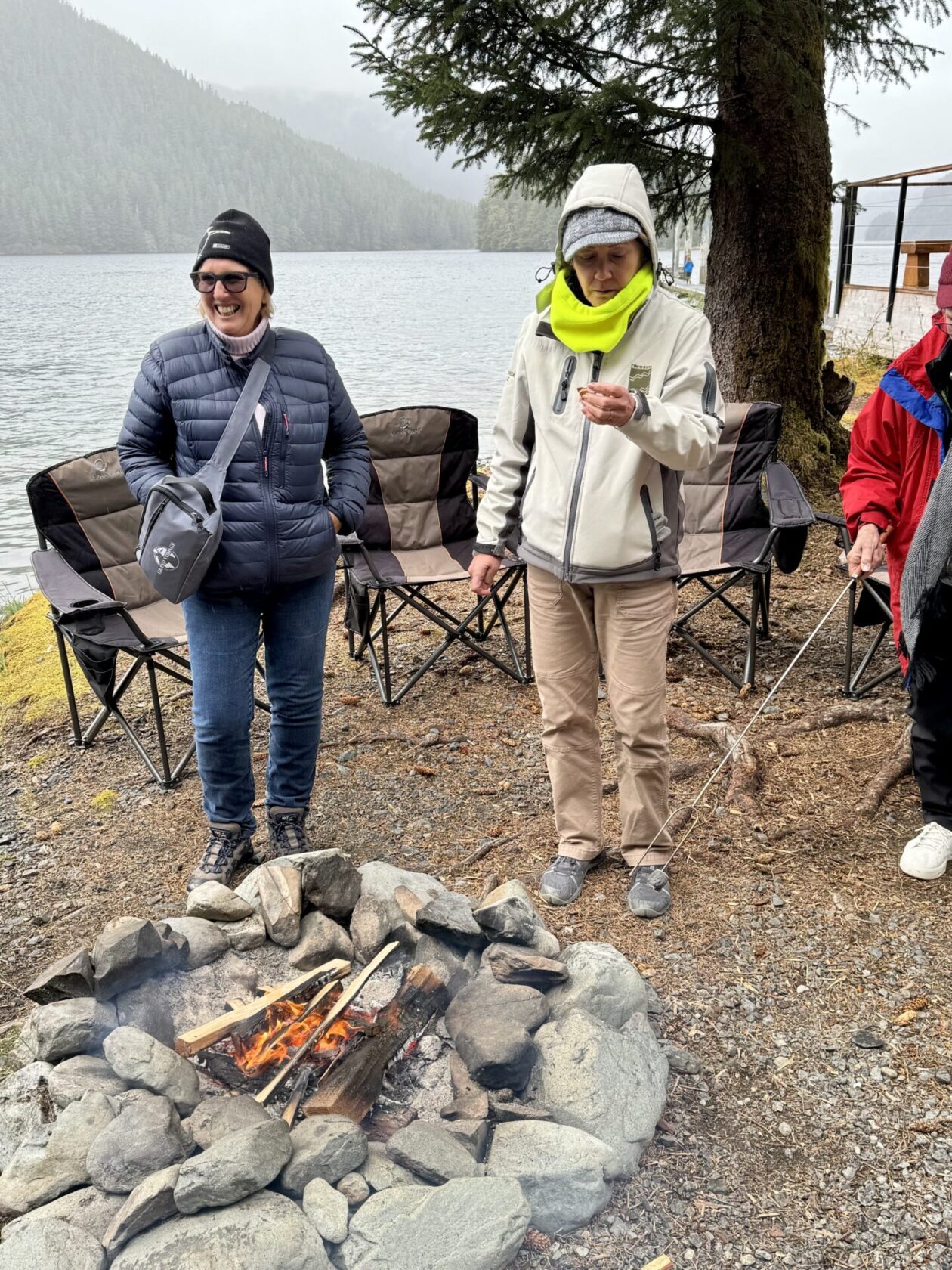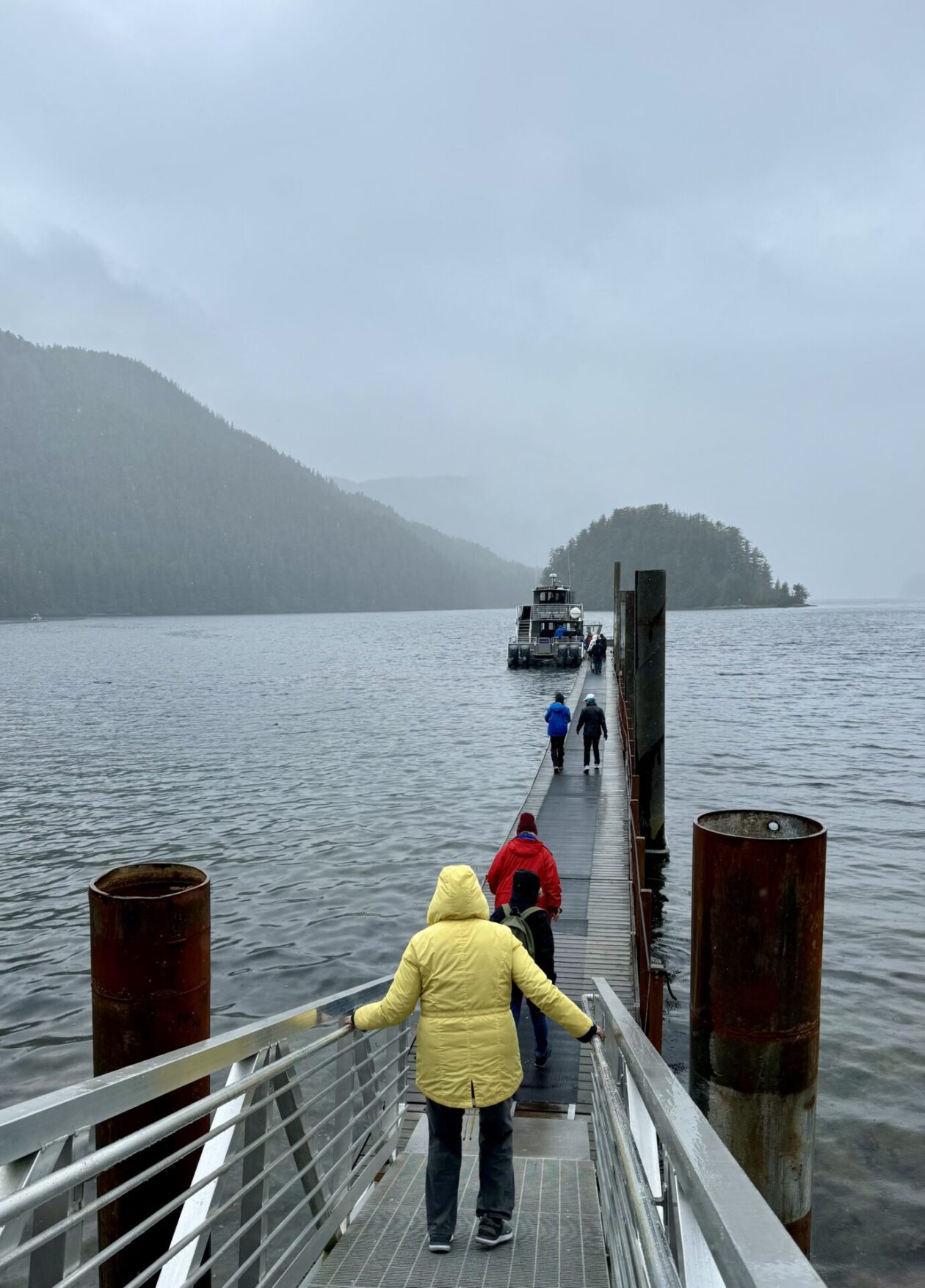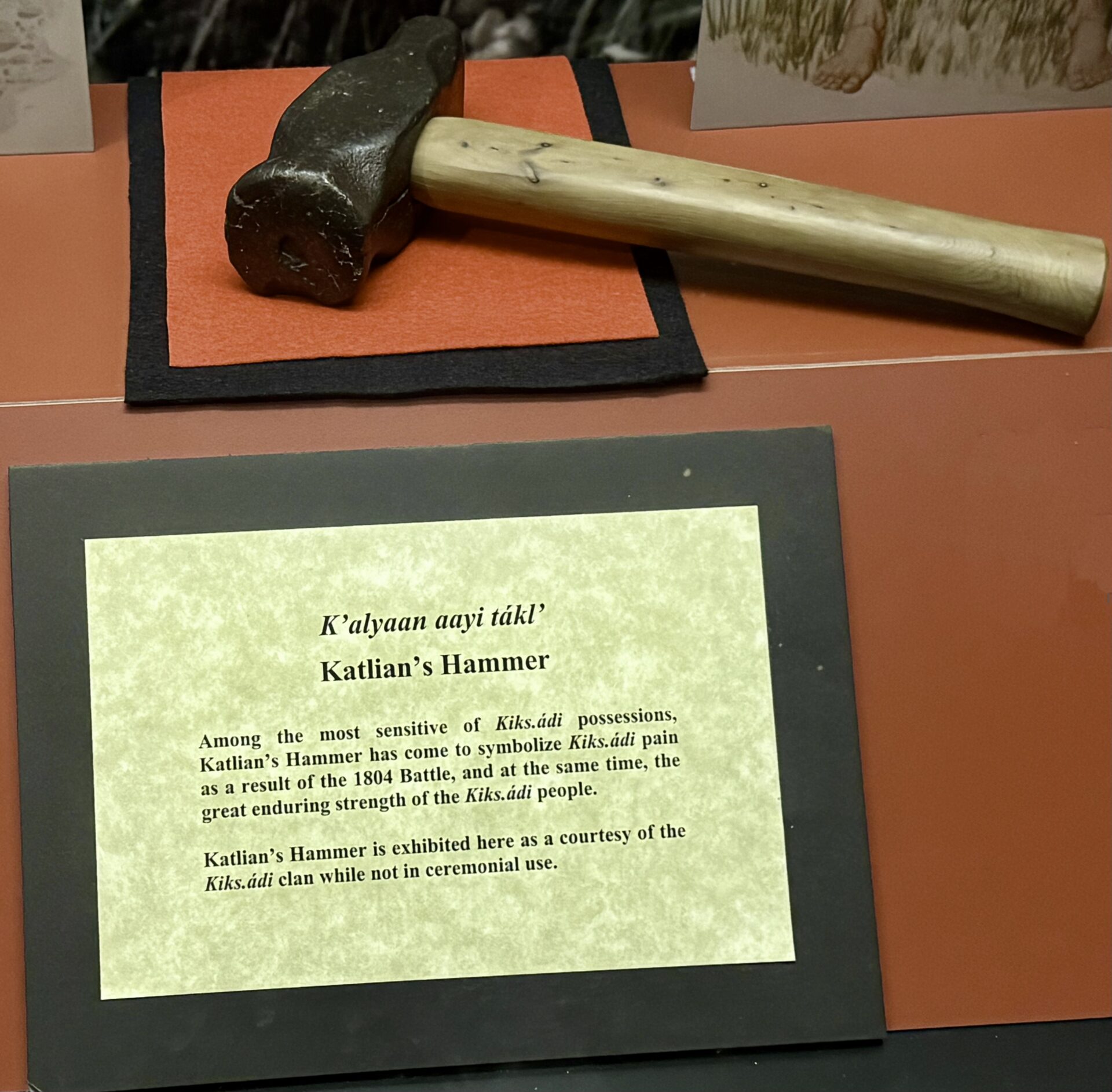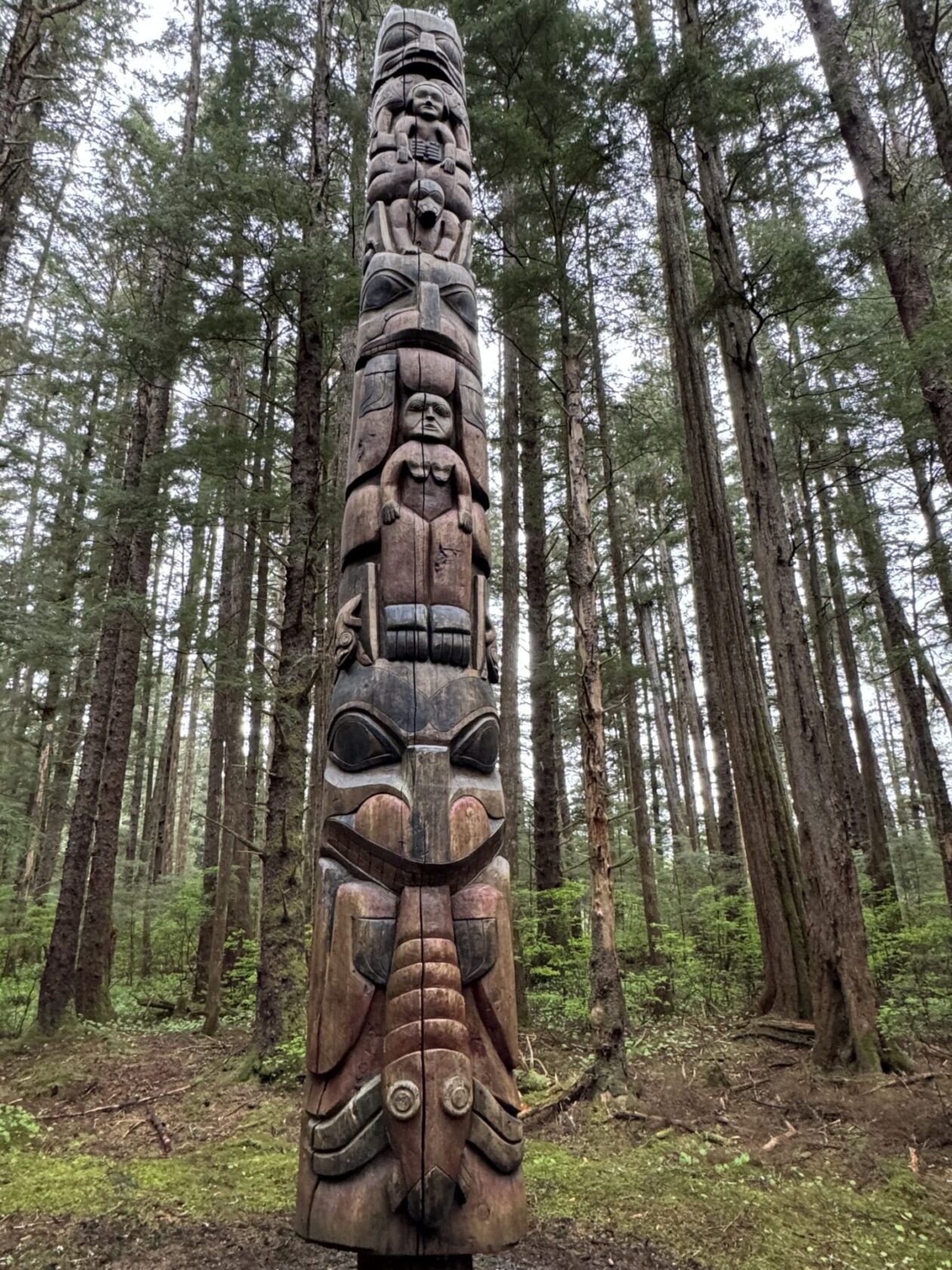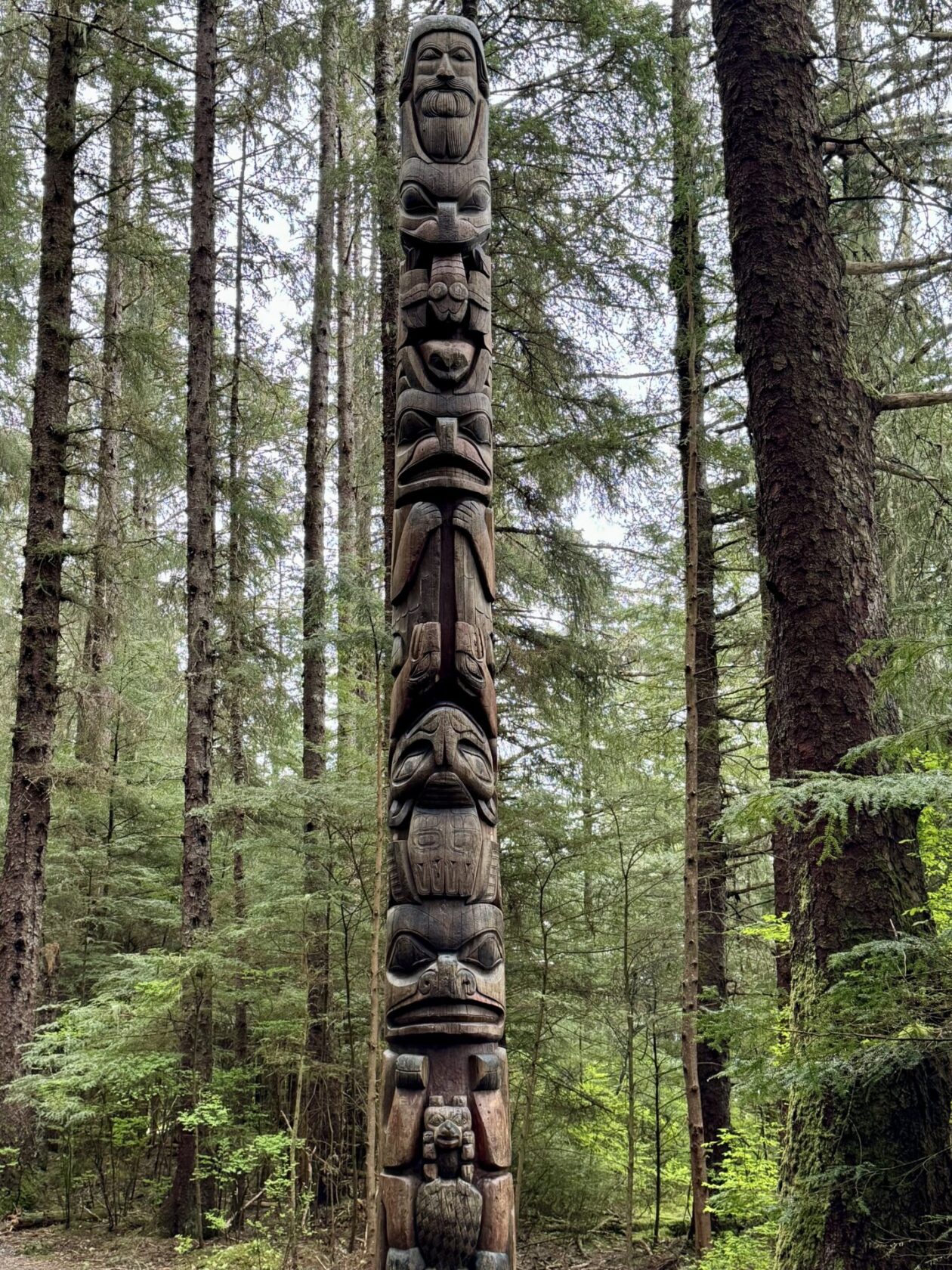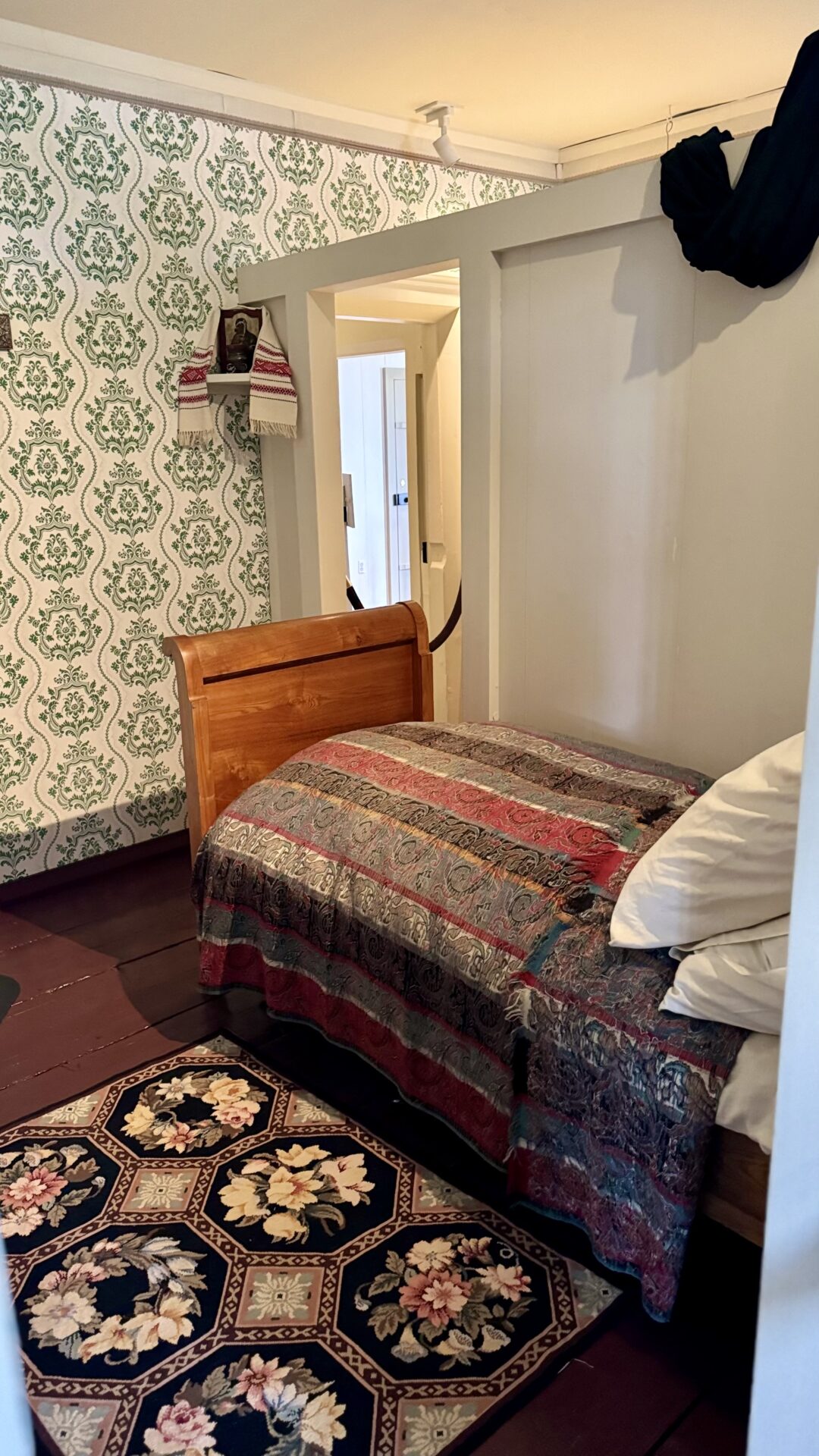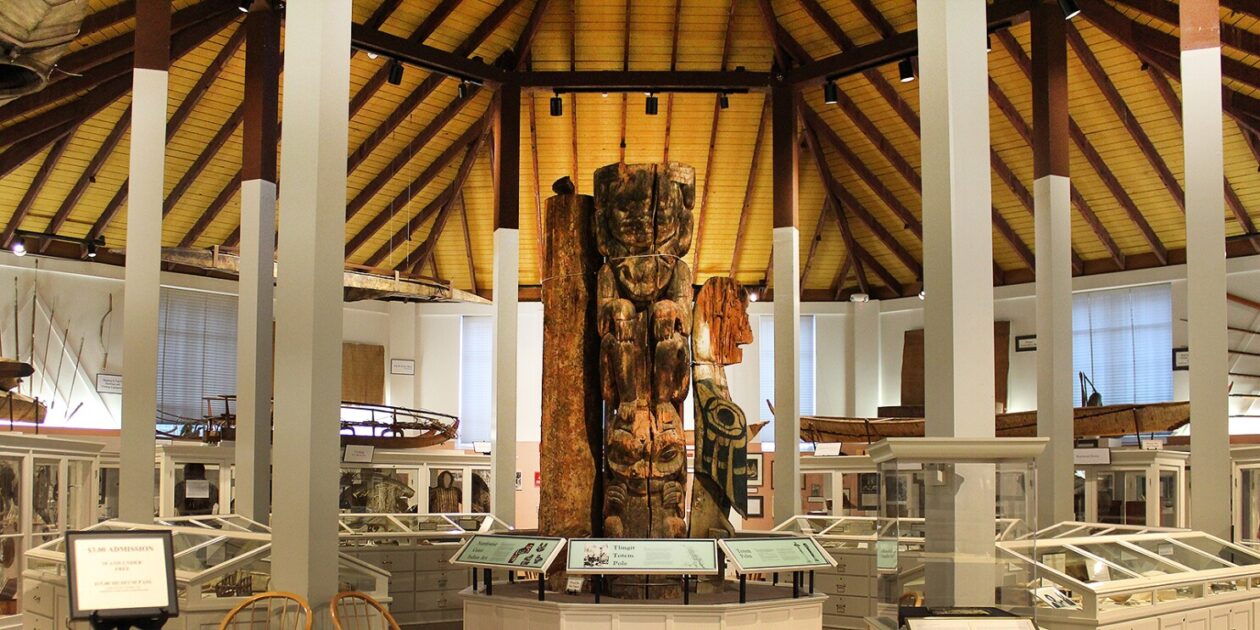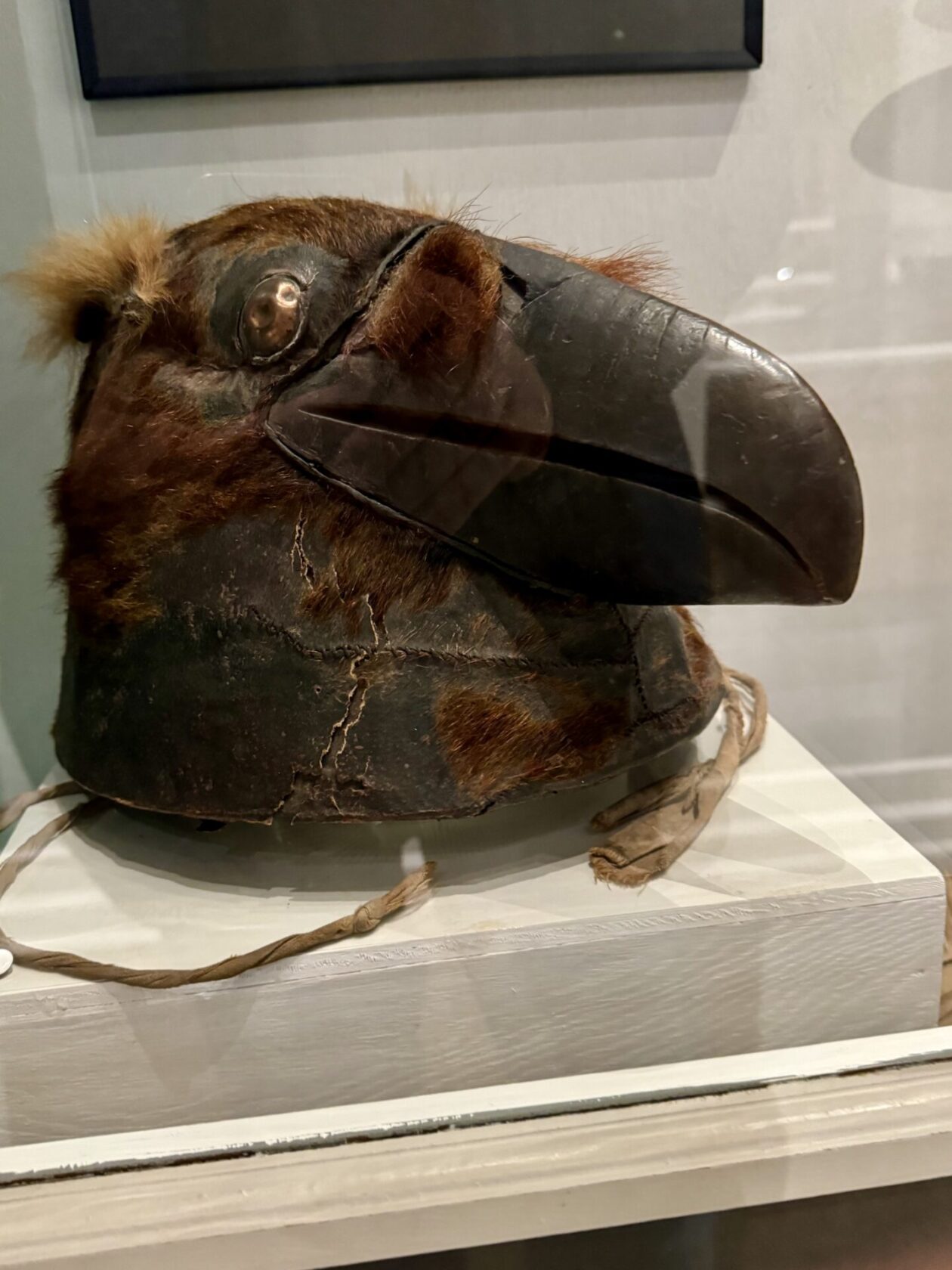- Northern Pacific Wanderings 2024 — here we go!
- Enjoying a few days in Hong Kong
- A day in Kaohsiung and Tainan, Taiwan
- A quick trip to the Penghu Islands
- Two Days in Taipei, Taiwan
- Naha, Okinawa
- Two days in Beijing
- Two days in Incheon and Seoul, South Korea
- Jeju Island, Korea
- Busan, Korea in a day!
- Nagasaki, Japan
- Arita, Japan
- Miyajima and Hiroshima, Japan
- Kyoto’s Bamboo Forest and Rock Garden
- Matsushima, Japan
- Hakadote, Japan
- Kushiro, Japan
- Dutch Harbor….er, Unalaska, Alaska
- Kodiak, AK
- Homer, AK
- Glacier Bay National Park and Preserve, AK
- Sitka, AK
- Klawock and Craig, AK
- A Nanaimo, BC, Canada drive by
- Vancouver BC, end of trip, and final thoughts
While it has a bit chilly and overcast since we have hit Alaska, we are also very fortunate to have come pre-season to these ports — there are no crowds! To hear our excursion director, a port like Sitka could have 3-4 ships in port at any given time, meaning crowds everywhere. We are the only ones in port! Apparently, Sitka is one of the ports that everyone wants to go to. It was once called “The Paris of the Pacific” because the the cultural richness that grew up here, largely fueled by the Russian fur trade and the other natural wealth from the sea and the rivers that flow into it. But, like so many other places in the Northwest, this area was a place of conflict between the native Tlingit People who had lived and thrived here for generations and the Russians who found an area that could sustain a very profitable fur trade. After many battles and a tenuous co-existence, the Russians left — only to be replaced by the Americans who wrought their own changes. But by the 1960s, the Tlingit People began to reassert themselves and their culture. Today, Sitka provides great examples of architecture and culture from all periods of their history.
We started our day exploring the natural wonders of the area. The first stop was at the Fortress of the Bear, a working rehabilitation center for once-orphaned bears. Today, there are eight bears that are there. Much like the wolf rehabilitation center we had visited in Minnesota, these bears will never leave the Fortress — they would not survive in the wild. That always leaves me with mixed feelings — they probably wouldn’t have survived as orphaned cubs in the wild and they do seem to have a good life here, but they will never live the life they were meant to live, in the wild. From there, we took a boat to visit a glacier-carved fjord and stopped at a remote homestead where the local guides told stories of life of the native people in this wilderness, where they thrived for thousands years. After walking around the area, we sat by a campfire and enjoyed s’mores and hot cocoa. From there, we continued north looking for Stellar sea lions and other species of wildlife from the area. From there, we made our way back to Sitka to explore the town.

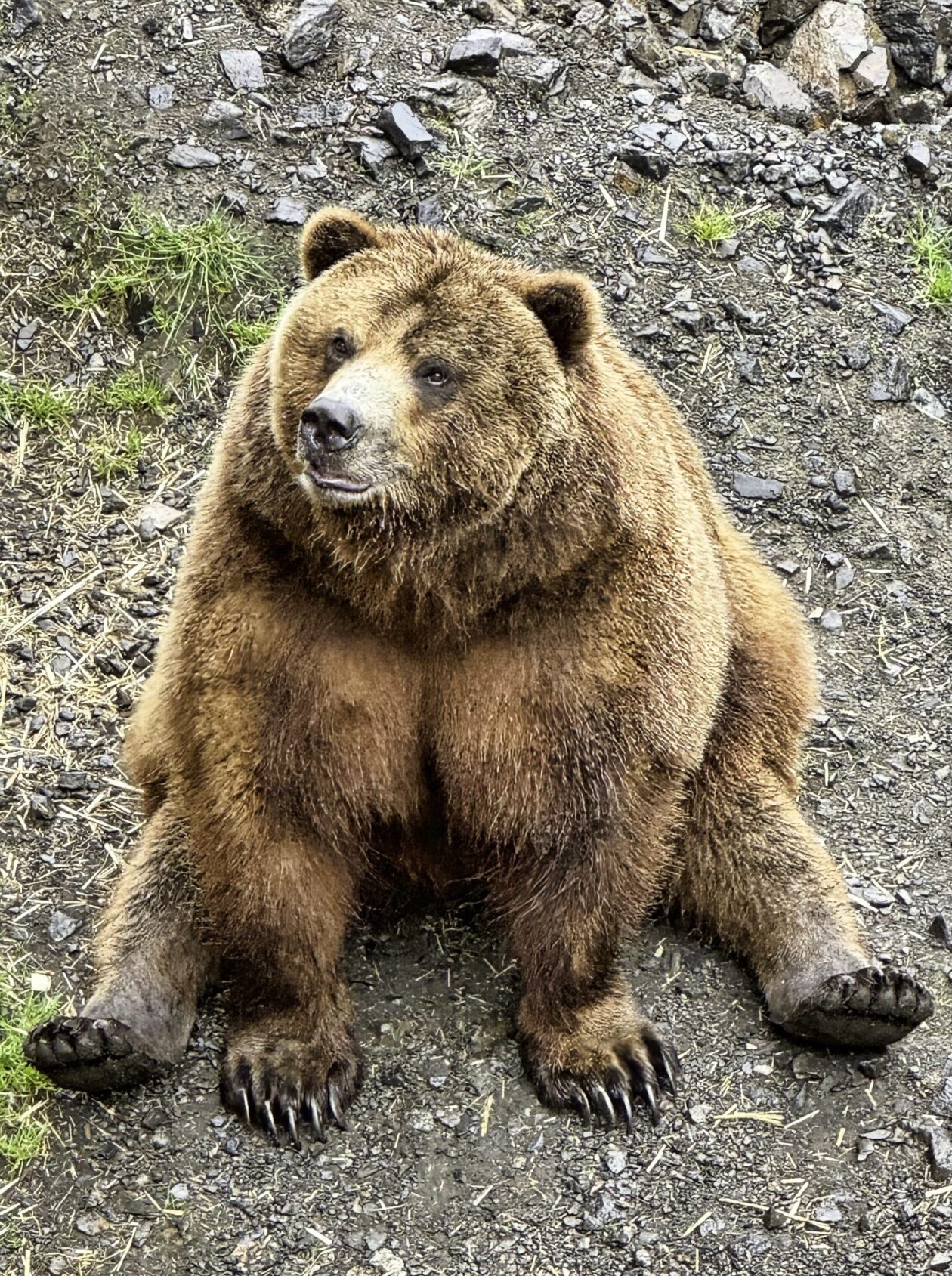
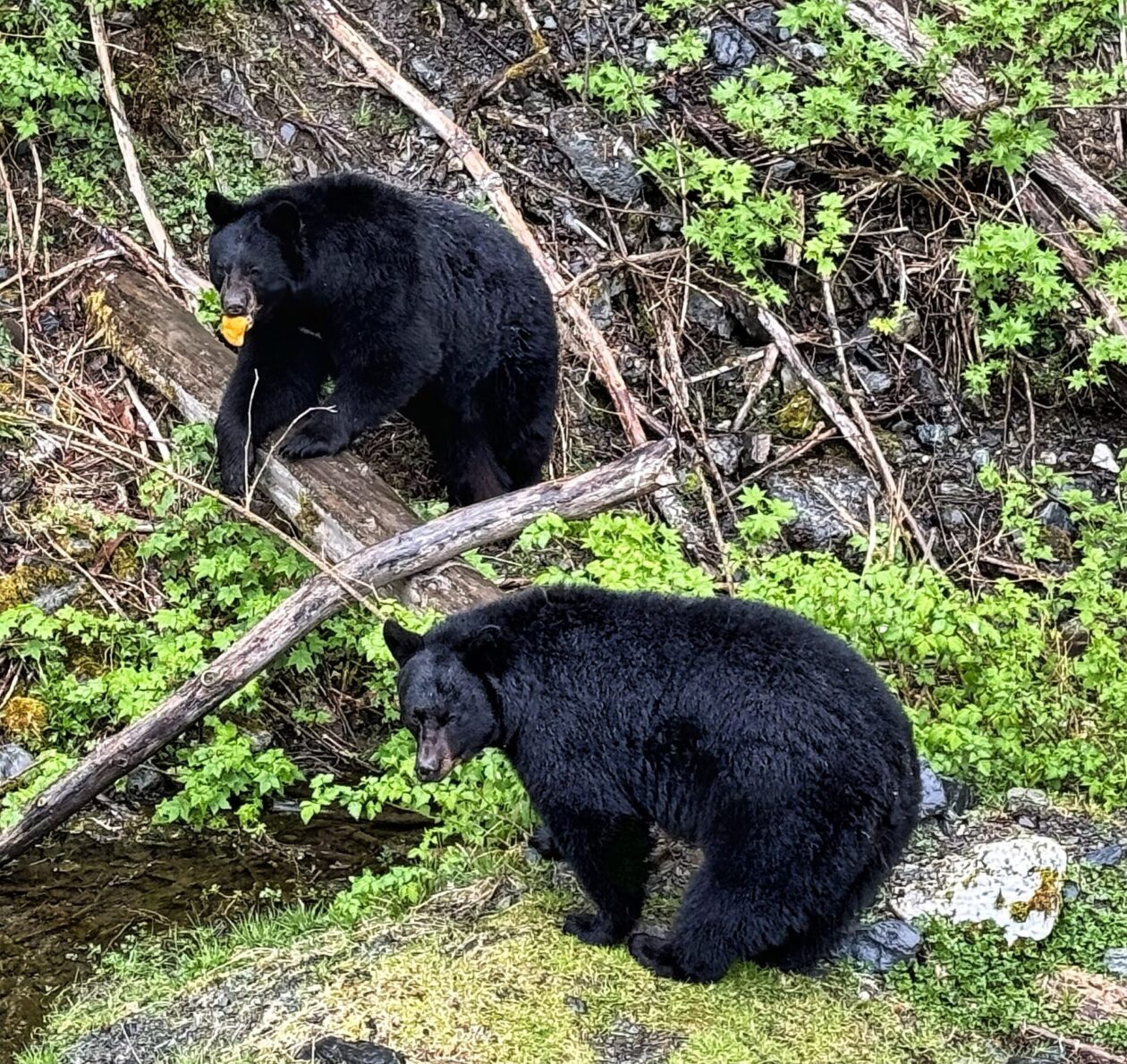
Our next stop was at the Sitka National Historic Park. This was an excellent place to learn about the Tlingit People through exhibits, artifacts, and the works of local Tlingit artists who were working there. There is a great trail (Totem Trail) that winds through the temperate rainforest. Along the way, there are an impressive number of totem poles carved by the Tlingit and Haida people. Many of these are replicas of the original poles that were carved in the early 1900s that were exhibited in national exhibitions in 1904 and 1905. We also saw the site of the Battle of Sitka in 1804 between the Tlingit and Russians. It was the last major armed conflict between the two groups and the Tlingit losses were devastating. Since the sale of Alaska to the US, there have been claims for reparations for the Tlingit People — it’s still a work in progress.
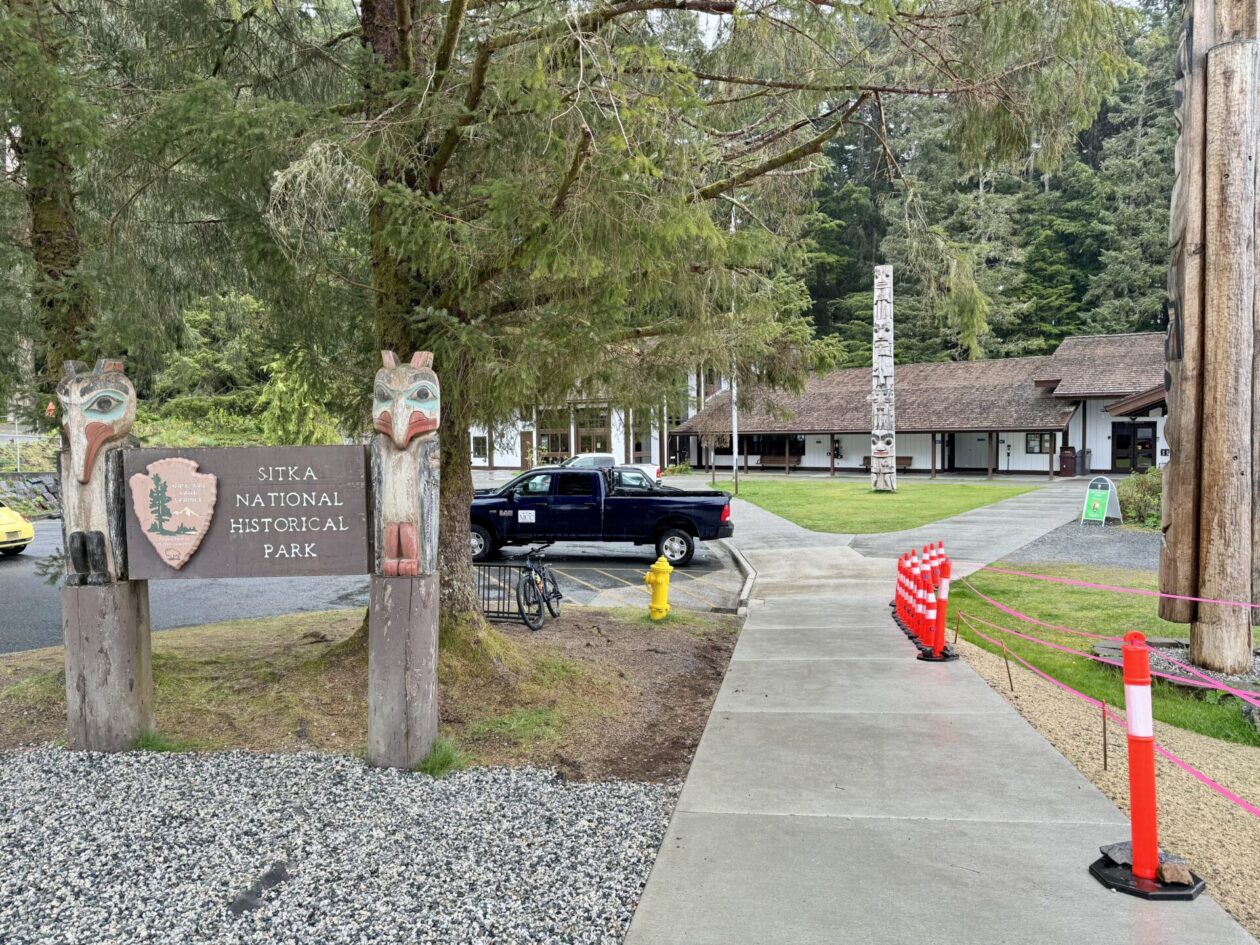
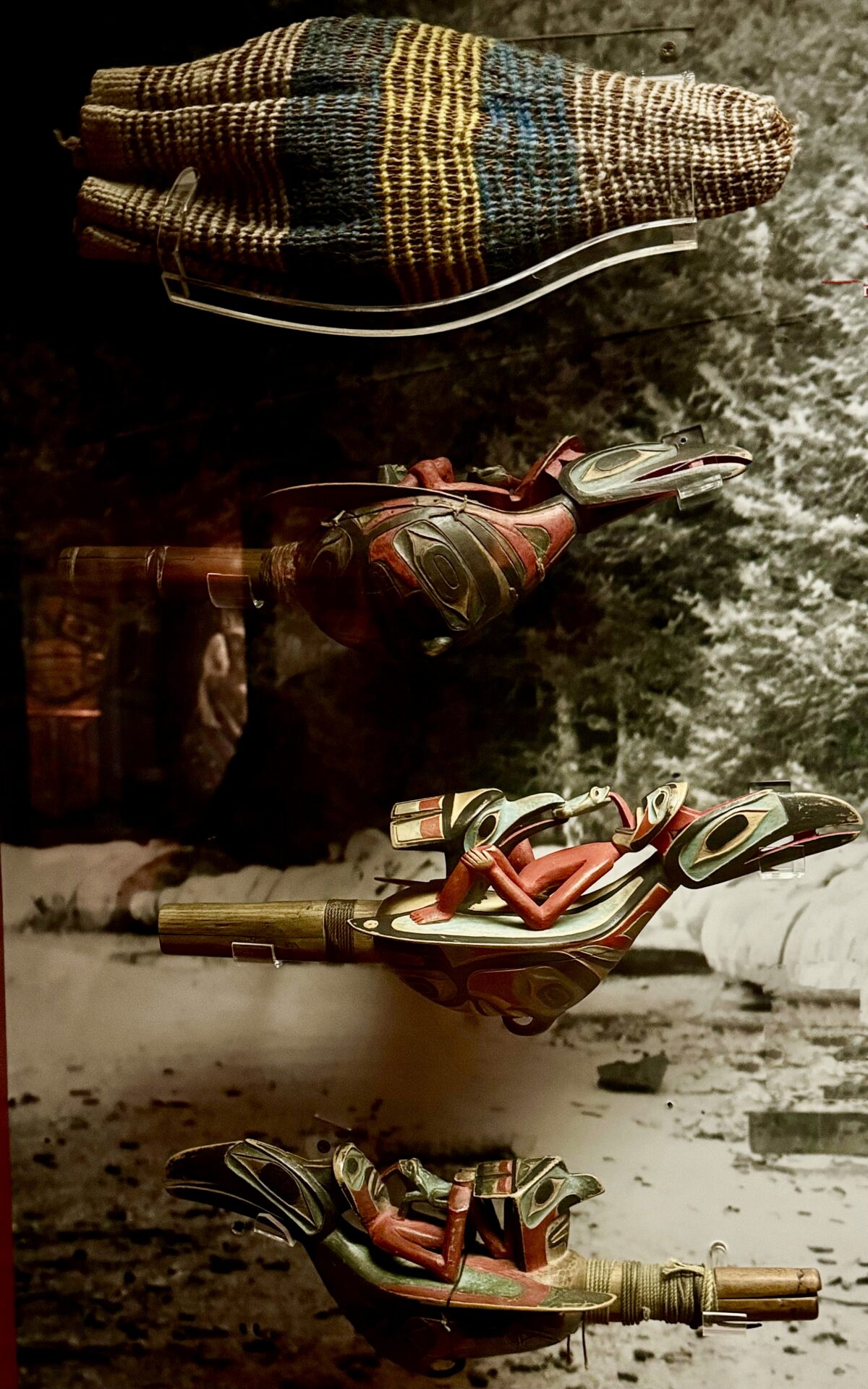
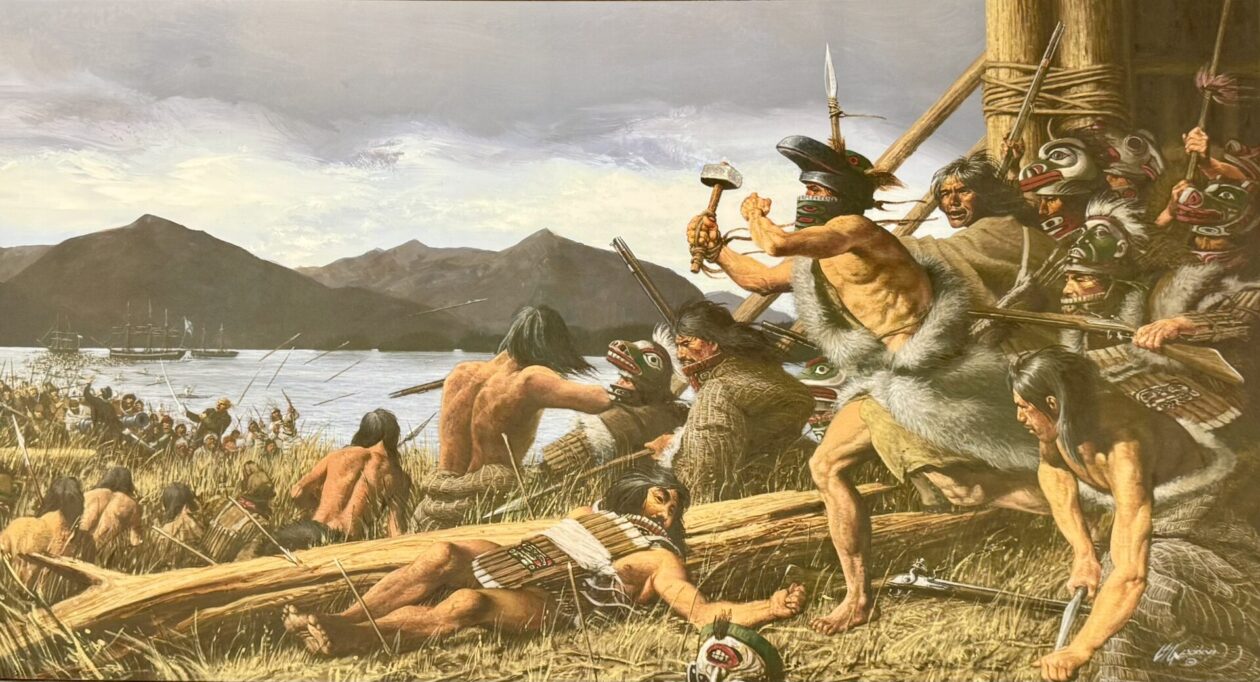
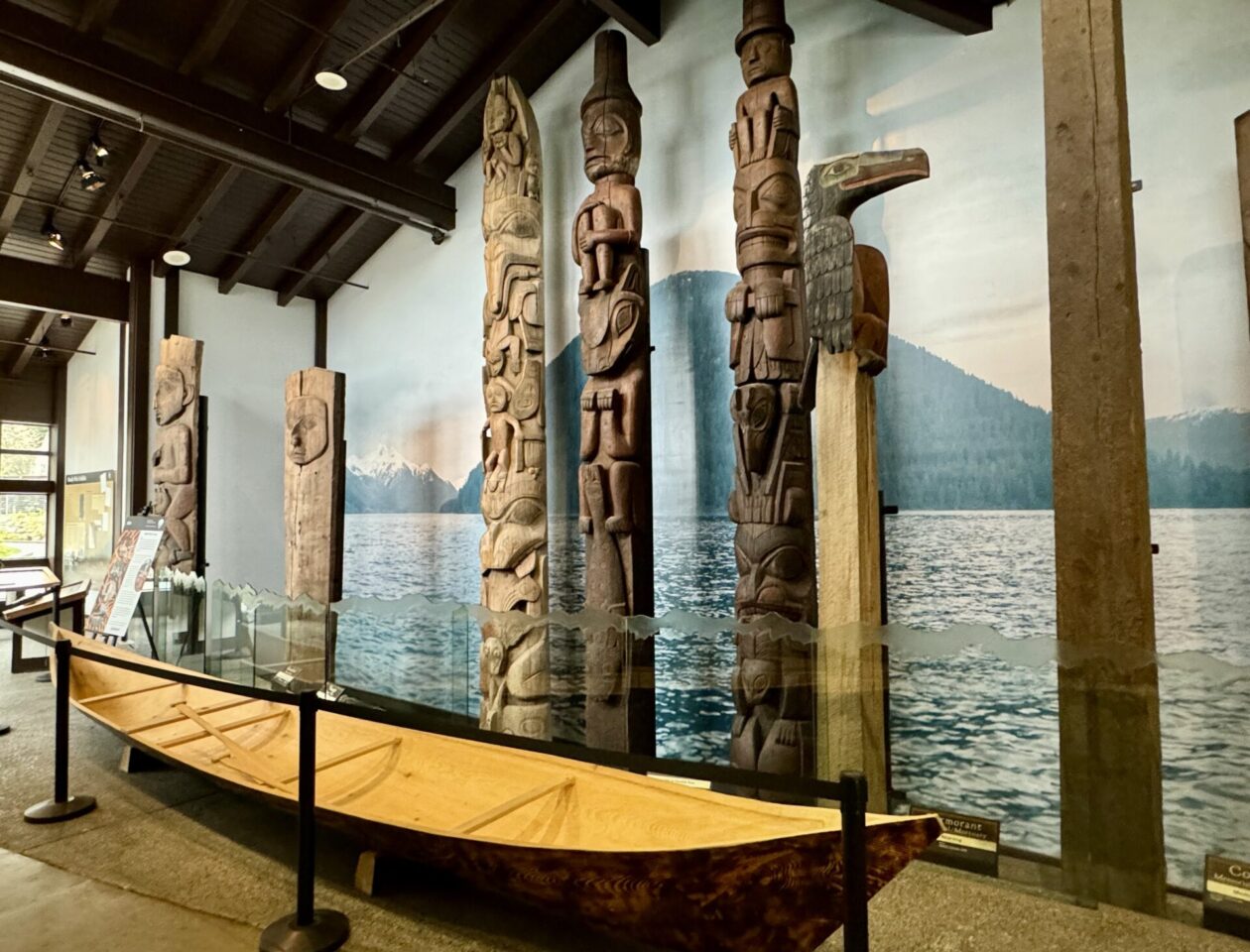
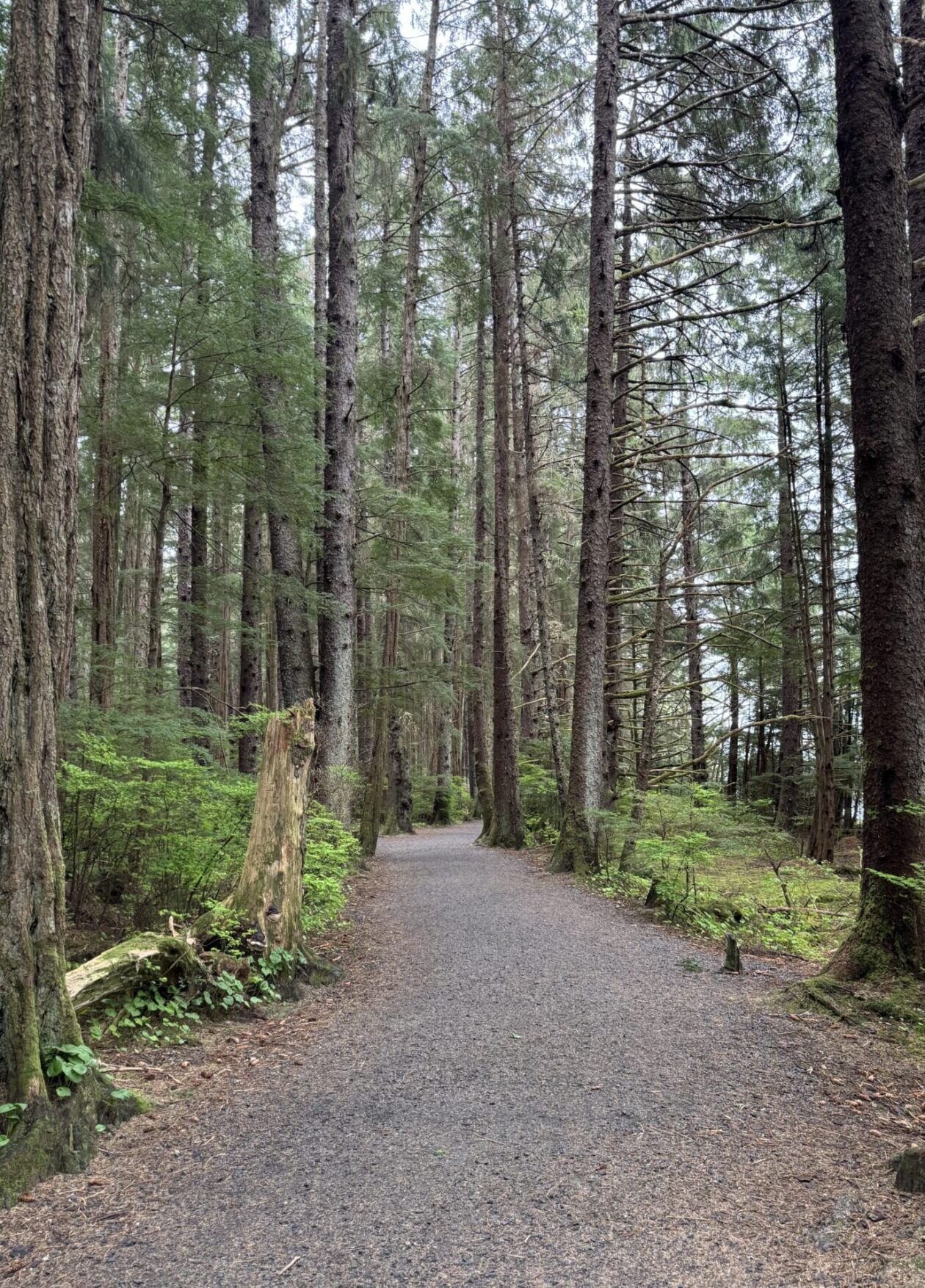
From there, we wandered around Sitka. There are still a number of historical buildings from the time of Russian settlement, including St. Michael’s Cathedral (the first Orthodox cathedra in the New World (1848)), that has icons dating back to the 17th century, and the Russian Bishop’s House, fully restored by the National Park Service to it glory when it was completed in 1848. The grandeur of this residence, school, and chapel must have been quite impressive in this remote outpost! We also stopped at the Sheldon Jackson Museum that has an impressive collection of 5,000 Native Alaskan artifacts, including the battle helmet worn by the Tlingit chief during the Battle of Sitka. From there, it was galleries and shops, galleries and shops! Sitka was a really nice place to walk around.
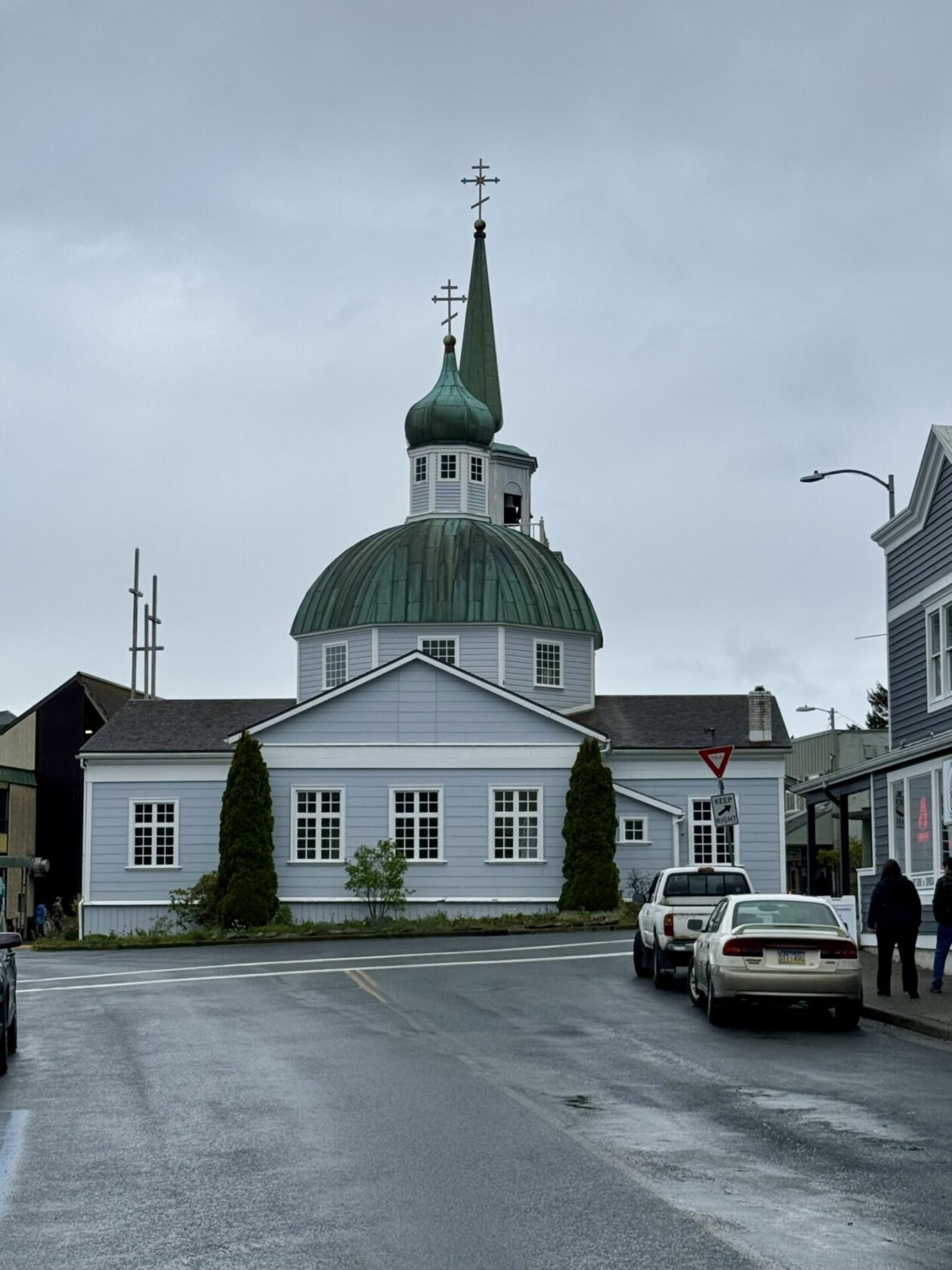

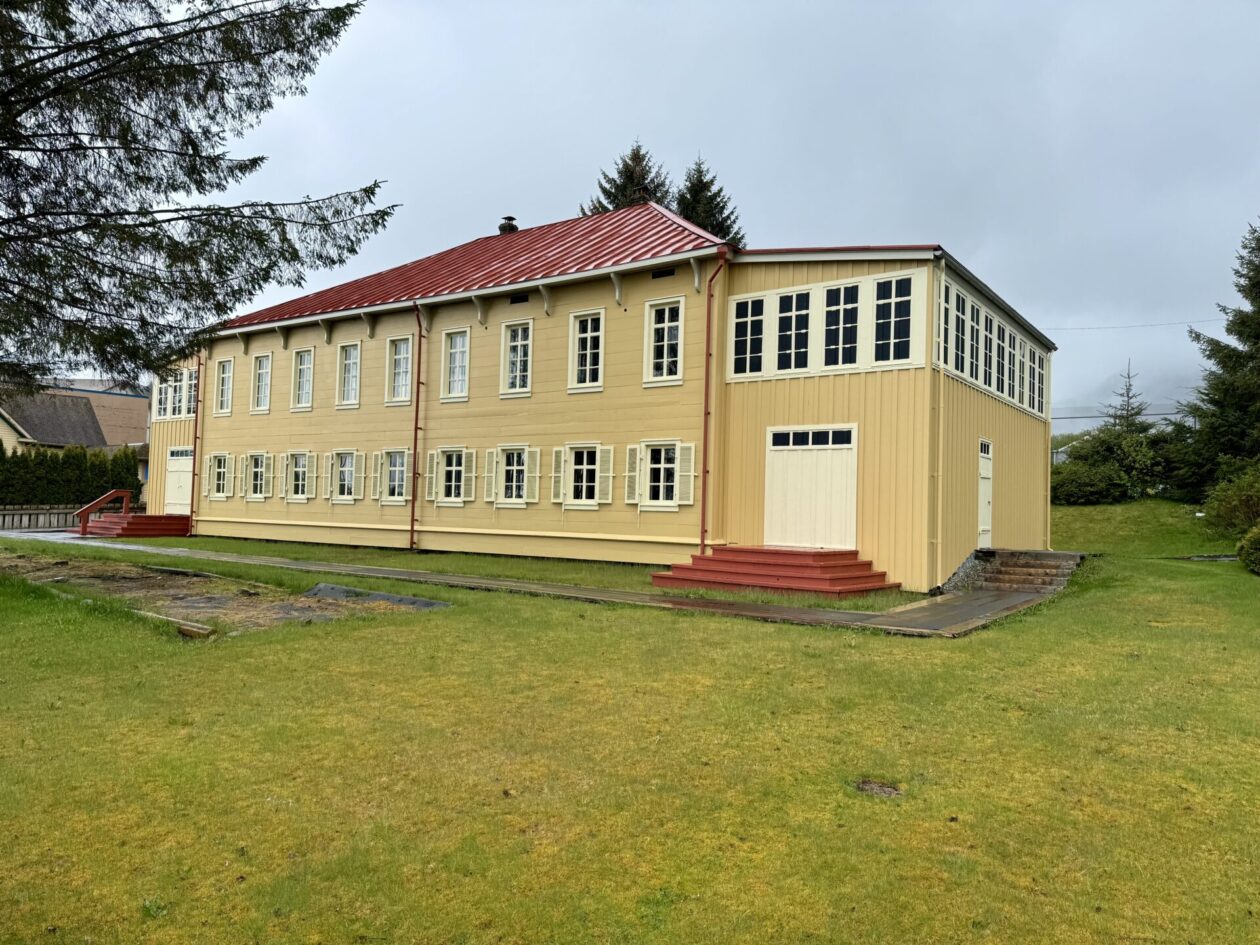
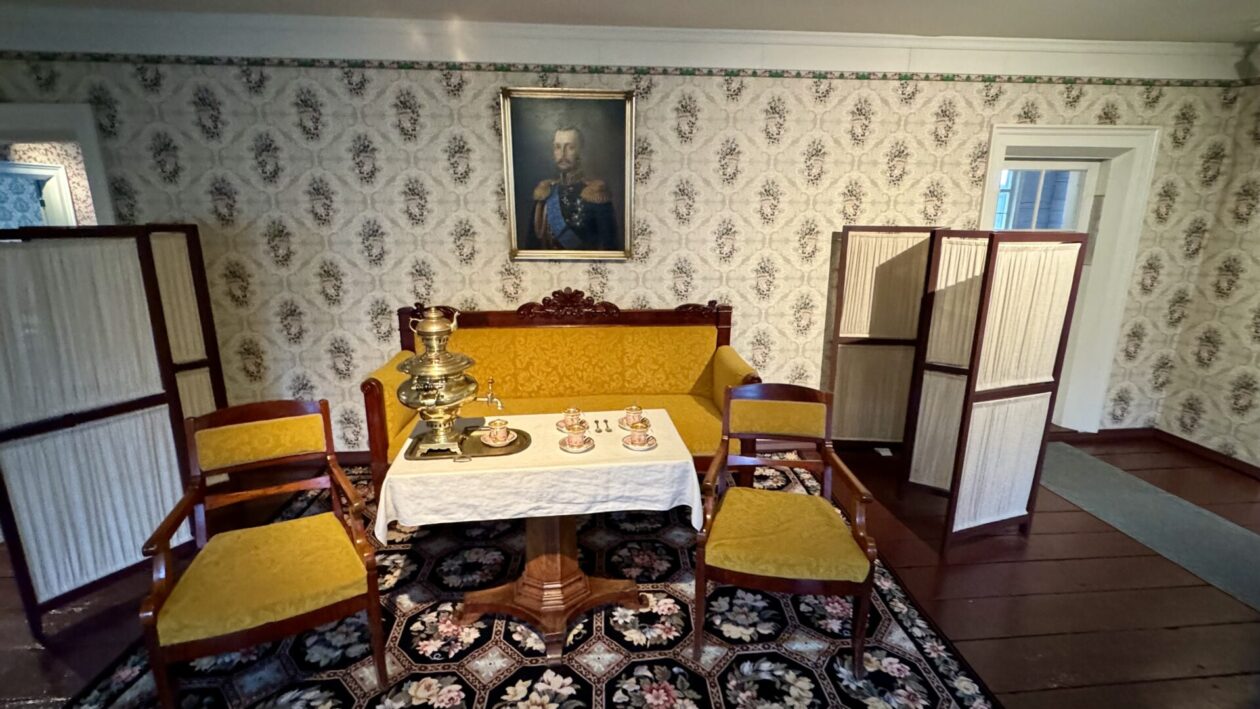
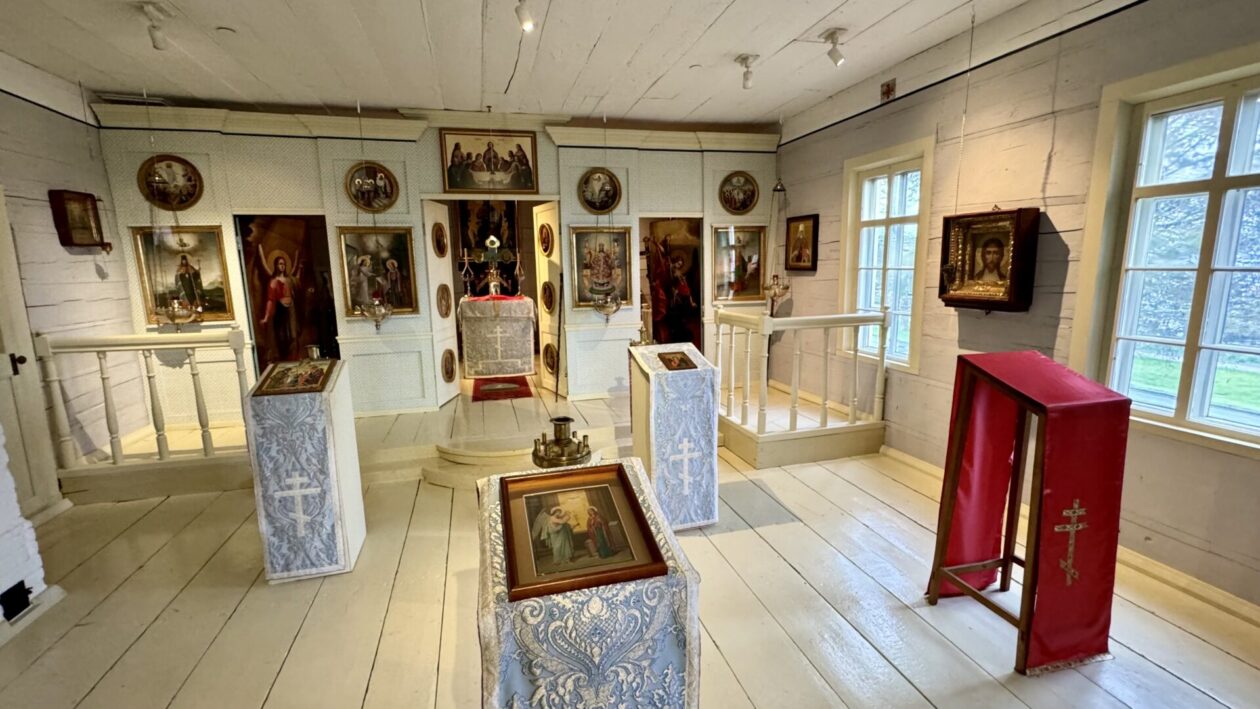
Next stop, Klawock!
This entry was posted in Alaska, Cruising, National Park/Monument, Sitka, Travel, United States